Xàbia hides thousands of secrets and one of them is given by the flora making the town unique. Xàbia's flora is characterized by a great diversity of species adapted to its Mediterranean climate and its varied ecosystems, making it a very interesting place for lovers of nature and botany.
And it is that the flora of Xàbia is home to dozens of different species, some of them exclusive in the world and making Xàbia the second municipality in the world with the greatest diversity of species (1.300), and the first in the Community with more protected species and others in danger of extinction.
Specifically, as indicated by the botanist Jaume Soler, "in Xàbia they have documented eight plants that are in danger of disappearing forever. Of one of them, the Limunium interjectum, there is only one population in the world and it is located on the coast of the Muntanyar xabienc".
It should be noted that this coastal municipality of the Marina Alta has several protected natural areas such as the Natural Park Montgó where you can find some endemic and endangered species. The best known is the sea thistle (Eryngium maritimum), the esparto grass (Stipa tenacissima) or the wild olive (Olea europaea var. sylvestris), but there are another 10 species that are only found and therefore can be observed, in this corner of the Mediterranean.
The 10 endangered plants on the planet
The ten plants that we name below have the particularity that they are classified as endangered or critically endangered due to habitat loss, excessive harvesting, comxicotetion with invasive species or infrastructure construction.
1. Woodruff Paui
This little plant, also known as peach honey, is one of the most important and little-known endemic species in the area. Its origin occurs mainly in the Marina Alta although it also spreads towards the interior of the Community.
This species is part of the Valencià Catalog of Threatened Flora Species within the Surveillance category. Although there is not a large population of this plant, it can be seen on the cliff of the Cape San Antonio and the Montgo.
2. Carduncellu dianuis
This species of thistle is found in the region of Murcia, Ibiza and in the province of Alicante, including Xàbia. There are barely nine known peninsular populations with few specimens. It usually lives in thickets and rocks.
In Xàbia it can be found in the Montgó and in Cabo San Antonio, where the largest peninsular population is found. On the other hand there are also two other populations in the town; one in the Morro de the falzia and another in the Orxella ravine in the granadella.
3. Cheirolophus lagunae
This species of plant is unique in Xàbia. It only grows in this locality on the entire planet. It was discovered a few years ago in the Portitxol area, near the French cove but it also grows in the Montgó and in Granadella. Its habitat is on the cliffs.
Its protection is regulated in the Valencià Catalog of Threatened Flora Species within the Vulnerable category. In addition, most of the population is included in the SCI 'Penya-segats de la Marina'.
4. Convolvulus valentinus
This climbing plant is found in the coastal areas of southeastern Spain. It is an exclusive species of the Marina Alta. Is described as bell of tiges (Stem bell) since its violet or bluish flowers are bell-shaped. It blooms in spring and lives in stony places, roadsides and thickets.
This species is part of the Valencià Catalog of Threatened Flora Species within the Surveillance category. Although there are several populations of this species in Montgó, La Granadella, Tossalet, Cap de Sant Antoni, it is also worth noting that many populations have disappeared due to agricultural activity and urban pressure.
5. Limonium interjectum
This plant is found in the coastal areas of the Mediterranean. Only one population of this species is known in the world and it is located on the coast of Montañar de Xàbia. It blooms in summer and is born in fossil beaches, coastal salt marshes and salubrious areas.
Its first observation dates back to 1897 with a specimen in Dénia but this population disappeared due to urban development and is now only located in Xàbia with a population of 2.500 specimens distributed between the two Montañars and the Saladar area.
This species is protected and is part of the Valencià Catalog of Threatened Flora Species within the category of Protected not Cataloged.
6. Limonium Rigualii Paui
This endemism is exclusive to the Marina Alta coast. It is characterized by having spatula-shaped leaves and a rounded tip. It grows in areas exposed to the sea wind from the coastal cliffs. This species is part of the Valencià Catalog of Threatened Flora Species within the Surveillance category, of the Montgó Natural Park, in the SCI of Penya-segats de la Marina and in the Flora Microreserve of Portitxol.
This small perennial plant is located in different corners of Xàbia and region such as: Cap Prim, Cala Blanca, Cap Negre, Ambolo, Segundo Montañar or Cala dels Testos.
7. Limonium scopulorum
This species of plant is found exclusively on the coast of the Marina Alta. It lives on fossil beaches and calcareous cliffs of the coast. The largest worldwide representation of this plant is in Xàbia, having a presence in the two Montañars and different coves. This species is part of the Valencià Catalog of Threatened Flora Species within the Surveillance category.
8. Medicago Citrine
This bush-like Ibero-Levantine-Balearic endemism has a population in the well-known 'Illot de la Mona' in Xàbia. It lives in coastal areas, both calcareous and of volcanic origin, normally coinciding with the accumulation of depositions from seabirds.
This species is protected throughout the national territory but also, at the regional level, its protection is regulated in the Valencià Catalog of Threatened Flora Species within the Vulnerable category.
At present it is known that there are about 23 specimens in the Illot de la Mona, but not all of them produce seeds regularly. Previously it was also discovered in the area of les Coves Santes, in Cabo San Antonio, but now it appears missing.
9. Silene hyfacensis
This plant is in danger of extinction all over the world. It is only found on the cliffs of the Marina Alta as on the Isla de la Mona de Xàbia, on the Isla de Benidorm and on the Isla de Ibiza since its habitat is the rocks of the coast facing north-east with a direct influence of the environment. Marine.
This species is part of the Valencià Catalog of Threatened Flora Species within the Endangered Species category, since it is a single plant species that has an approved Recovery Plan in the Valencian Community.
10. Thymus webbianus Rouy
This species of thyme is an exclusive Valencian endemism discovered in the Montgó and in the Penyal d'Ifac. This species is part of the Valencià Catalog of Threatened Flora Species within the Vulnerable category.
Although no clear specimen of this species has been found, a late flowering collection has been observed.
Threat in Spain
Juniperus Oxycedrus
This plant, also known as common juniper, is a shrub or small tree found in many Mediterranean regions, including Spain. It is listed as a species of least concern, that is, it is not in critical danger of extinction but it is vulnerable to threats such as forest clearing, habitat loss, and overcrowding.
The common juniper is an important species in the Mediterranean ecosystem, since its fruit is a source of food for many animals, and it is also used in the production of essential oils.
The Juniperus Oxycedrus generally lives in dunes, coastal sandbanks, but in the Marina Alta it also lives on rocky areas. Specifically, in Xàbia three population centers are known: Cap Negre, Cap Prim, Cala Blanca and in inaccessible walls of Cabo San Antonio, near the Cova Tallada.
These are just some of the many species that can be found in Xàbia. In fact, samples of some of these plants can be found in the Cirne Foundation exhibition.
For more information you can consult the book Vegetable Heritage in Xàbia by Jaume X. Soler and Lluís Serra -book consulted for this report-.


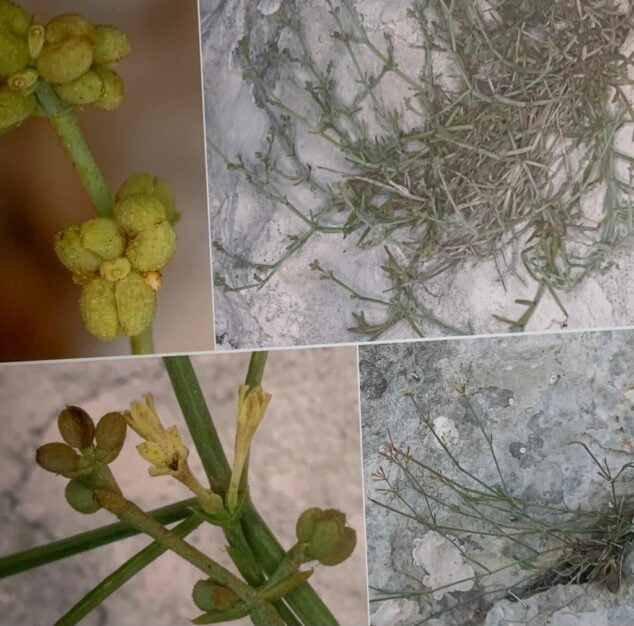
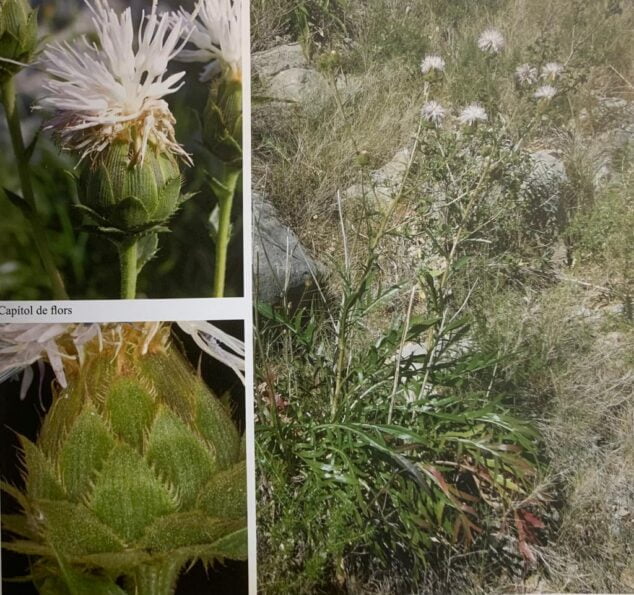
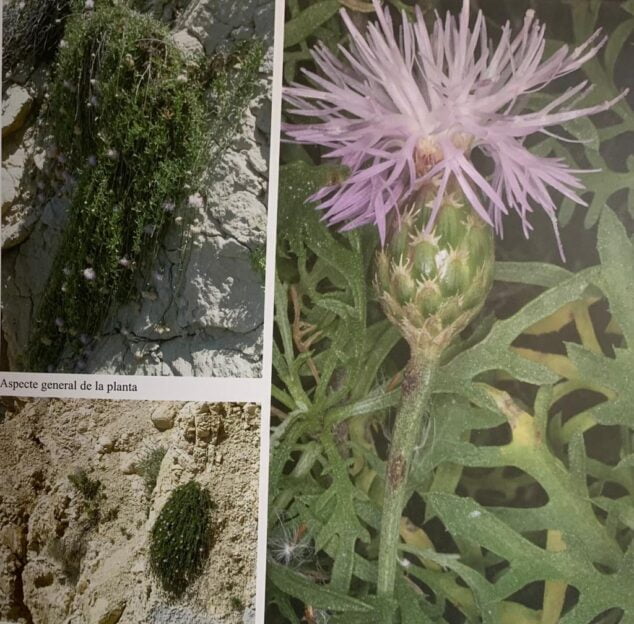
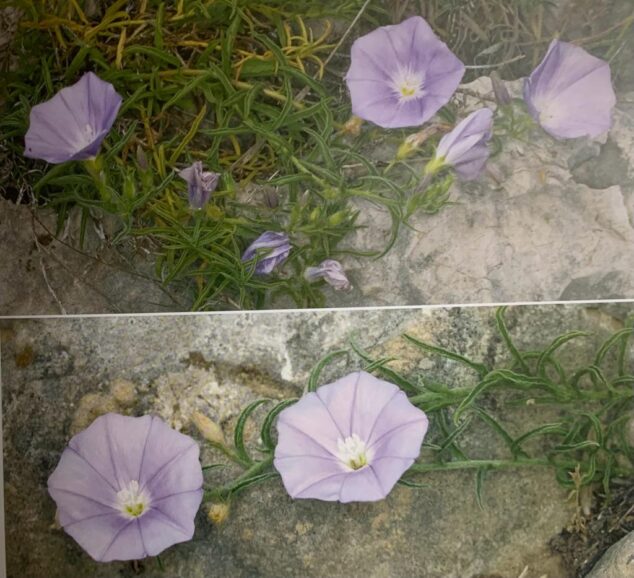
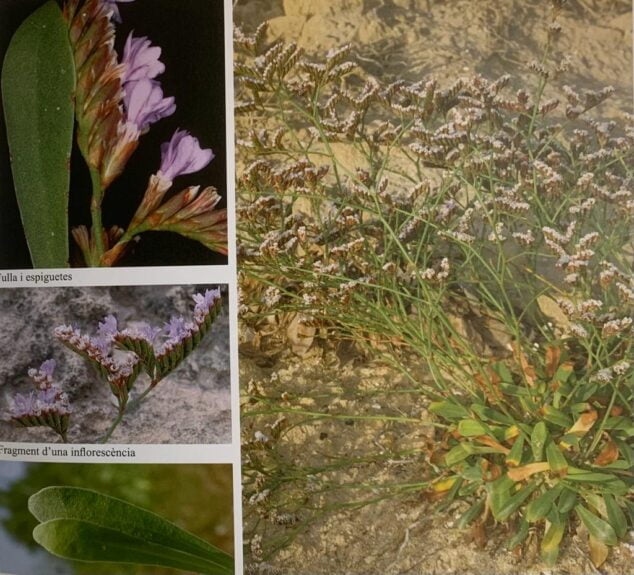
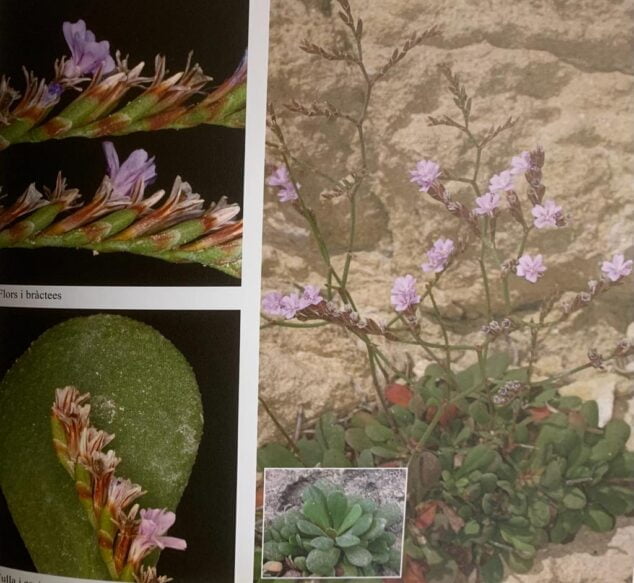
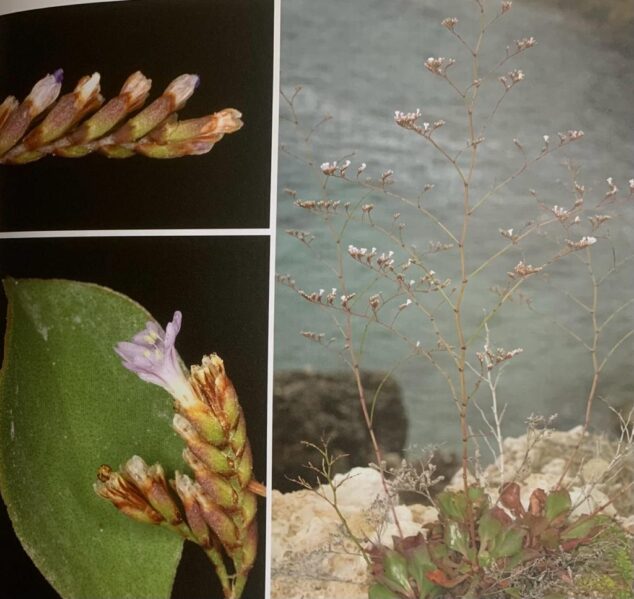
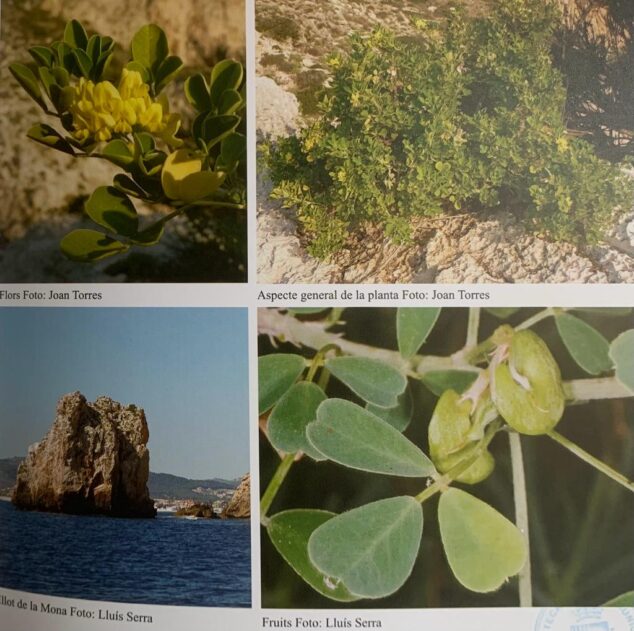

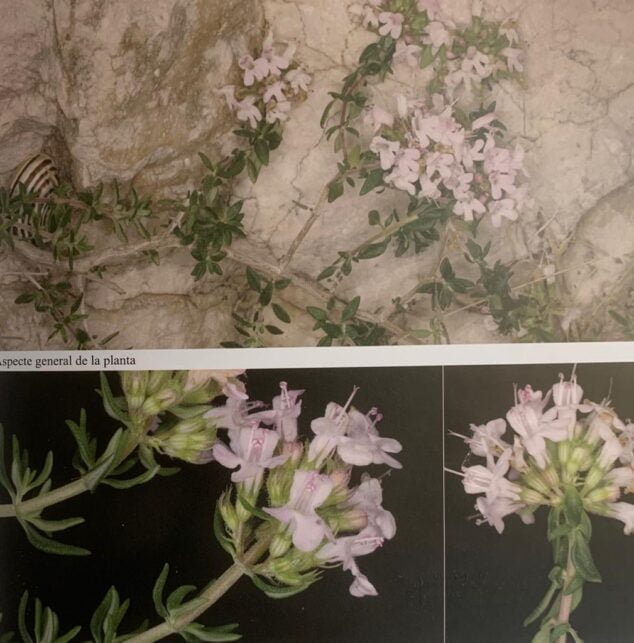
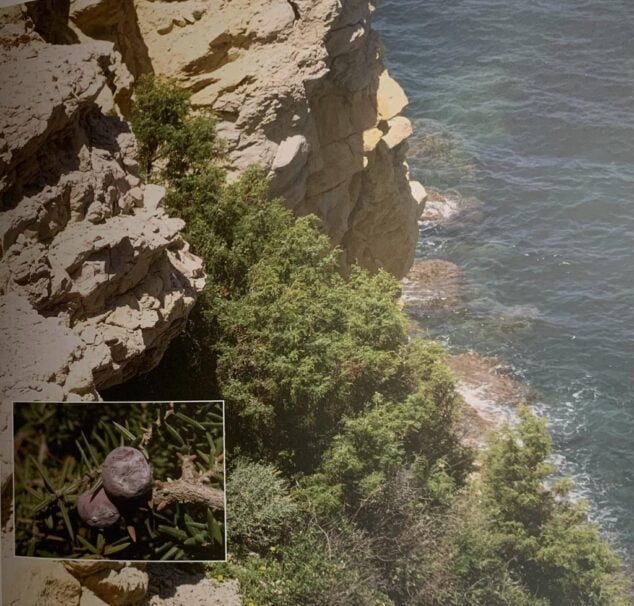
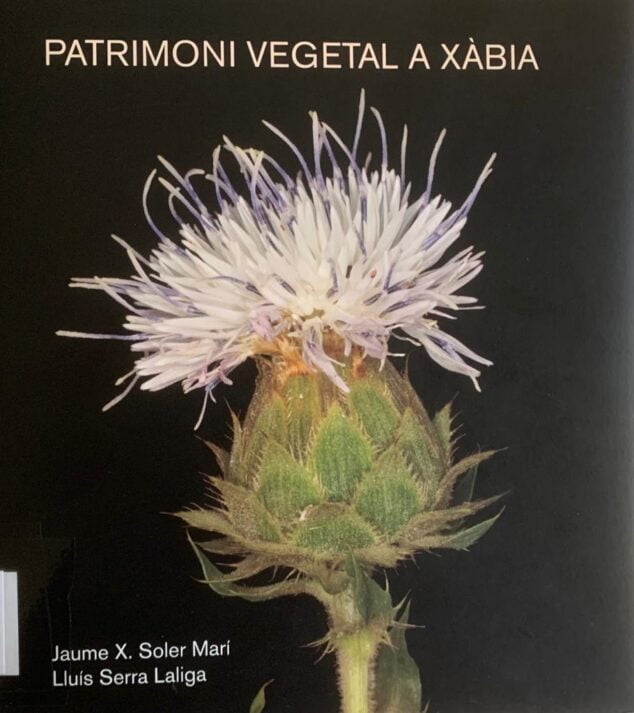






Conclusion to create a botanical garden to protect, study and preserve the endangered flora of our municipality.
It would be much better to create micro-reserves where these plants live that are almost impossible to grow anywhere else.
There are too many parameters such as: the soil, the climate... that make transplanting these endemic species very difficult.
But the idea of the botanical garden is good with other spices.
Isn't this done by THE ENRIQUE MONTOLIU FOUNDATION?
Nothing to see ..
It is private and has other objectives.